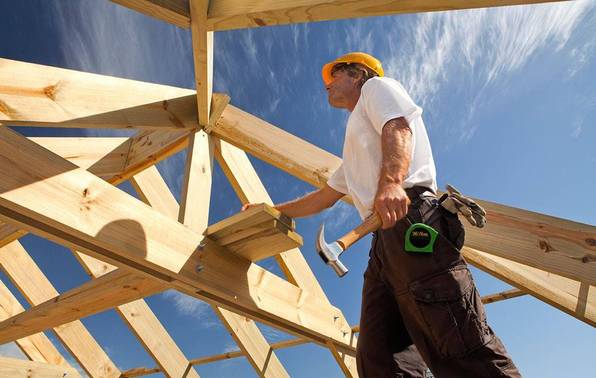Weatherboard, timber and sheet claddings
Weatherboards, timber and sheet claddings benefit from regular maintenance.
Weatherboards, timber and sheet claddings benefit from regular maintenance. How much maintenance they need depends on the material, age, and design of the cladding.
Weatherboards
Weatherboards can be made from timber, fibre cement, aluminium or PVC. The boards can be horizontal, vertical or diagonal. There are also different profiles available.
All claddings require some maintenance. You should follow manufacturer’s instructions which vary depending on the material the cladding is made from. Regardless of maintenance requirements, the cladding should be washed with a soft broom and clean water every 6 months.
Resin bleed
This can happen on new timber, and it can exude through paint.
Allow the resin to bleed out naturally. This will take up to 2 years. Scrape the resin off regularly as it comes to the surface.
Once it has stopped bleeding, sand back the affected areas to bare timber, prime with an alkyd-aluminium primer, undercoat, then paint. Using lighter-coloured paint will reduce the risk of further bleed, darker colours increase the heat absorption and soften the resin further.
Rot
This is due to continuous dampness or incorrect timber treatment level.
Address the cause of the dampness by removing and replace the rotten timbers, and check that the building paper and framing are sound. Make sure you use a minimum H3.1 treated and painted timber (H3.2 unpainted) for areas that are continuously damp (H4 for contact with the ground and H5 for piles). For more information on the treatment of timber see the NZ Timber Preservation Council website.
If the timber is untreated, seek professional advice on the extent of the replacement needed. The current recommendation is to replace timber to 600mm beyond the last point of damage.
Opening of joints or paint failure
This is due to timber movement (shrinkage or expansion) or moisture absorption in the timber from the joints not being primed when first painted.
Remove the existing paint, re-prime, then cover corners and joints with metal soakers (the type of metal soaker is dependent on the corrosion zone (K8) in which the property is located) or timber cover boards to form a boxed corner.
Bubbling/peeling/flaking paint
This could be due to coating failure, poor initial preparation, or using dark colours.
Identify the cause of the failure. Remove areas of failed paint, prime and re-paint. Speak to your paint retailer to get the most suitable product.
Splitting/cupping of timber
This is caused by timber movement, double nailing, or the back of the board being unprimed.
Replace badly damaged timber, nailing with a single line of nails – generally weatherboard and battens should only have one nail per stud or dwang. Ensure all surfaces are primed before painting.
Split/cracked boards on uncoated timber
This is due to double nailing, nailing horizontal weatherboards together or timber movement.
Replace badly damaged boards using one nail per board.
This page was put together with the help of BRANZ.

Building articles
Whether you're planning to build your own home or renovate an existing one, we've got you covered with a wide range of articles covering the whole process.

Renovating articles
Renovating and altering houses is a favourite pastime for many New Zealanders. Our articles take a look at what's involved when you undertake a renovation project.

Home maintenance
Regular maintenance is needed to ensure your house holds its value and remains safe and comfortable to live in.
Member comments
Get access to comment